BALTIMORE, MD – The Maryland Zoo in Baltimore today announced that a Northern ground hornbill (Bucorvus abyssinicus) chick has hatched. The chick is the second for the female, Blue, and male, North.
Blue and North have a breeding recommendation from the Northern Ground Hornbill Species Survival Plan (SSP) coordinated by the Association of Zoos and Aquariums (AZA) but it, famously, took a while to get the male to cooperate.
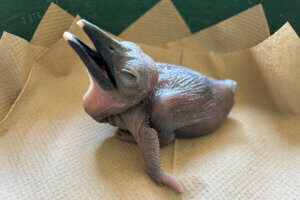
“Until last year, each time Blue laid eggs North would push her off the nest and destroy them, so got creative and developed a nest box that only she can get into,” said Jen Kottyan, Curator of Birds at the Maryland Zoo.”
Their solution? The keeper team used a portion of a wine barrel and made an opening just wide enough for Blue to fit inside. That same set up worked again this season.
Blue and her altricial chick will remain in the box for some time. It will be about two weeks before the chick’s eyes fully open and 80 to 90 days before it fledges.
The keepers are closely monitoring the family and hope to announce a name for the new chick soon.
About Northern ground hornbills
In the wild, Northern ground hornbills pair up and breed after preparing their nest site together. Females nest in excavated cavities in earthen banks. They lay clutches of 1-2 eggs and incubate them for 37-41 days. Unlike other hornbill species, female ground hornbills do not seal themselves inside their nests during nesting season. Other female hornbills do, using a mixture of mud, food, and droppings.
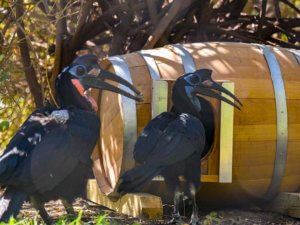
Usually only one chick survives to fledging. If two chicks hatch, they compete for food from the parents, and the chick that hatched out first usually has a strong advantage. The surviving chick will fledge after 3 months, but will continue to receive food from its parents for up to 9 months. It takes three to four years for juvenile birds to get full adult coloration.
Northern ground hornbills are native to the African Savannah north of the equator and south of the Sahara Desert. They are large birds and very active during the day, foraging and hunting.

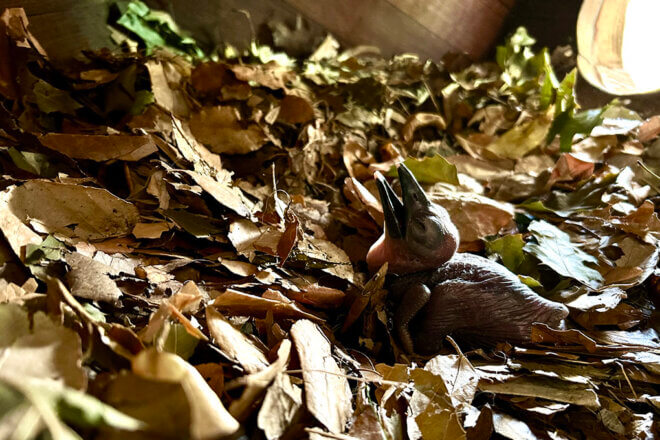
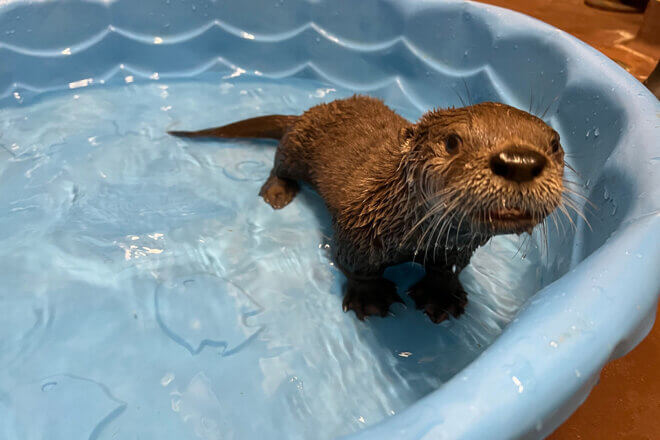
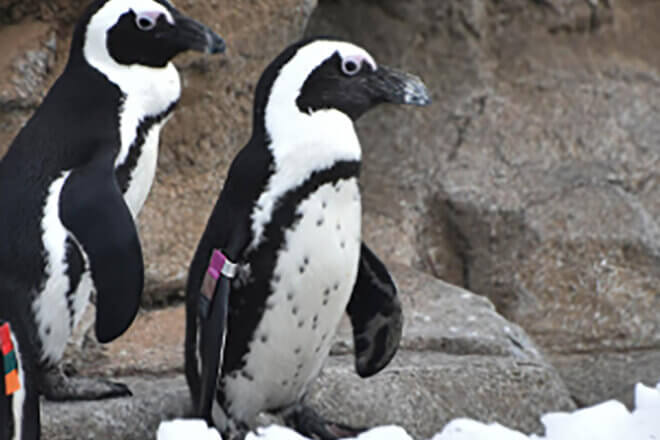


Share this article